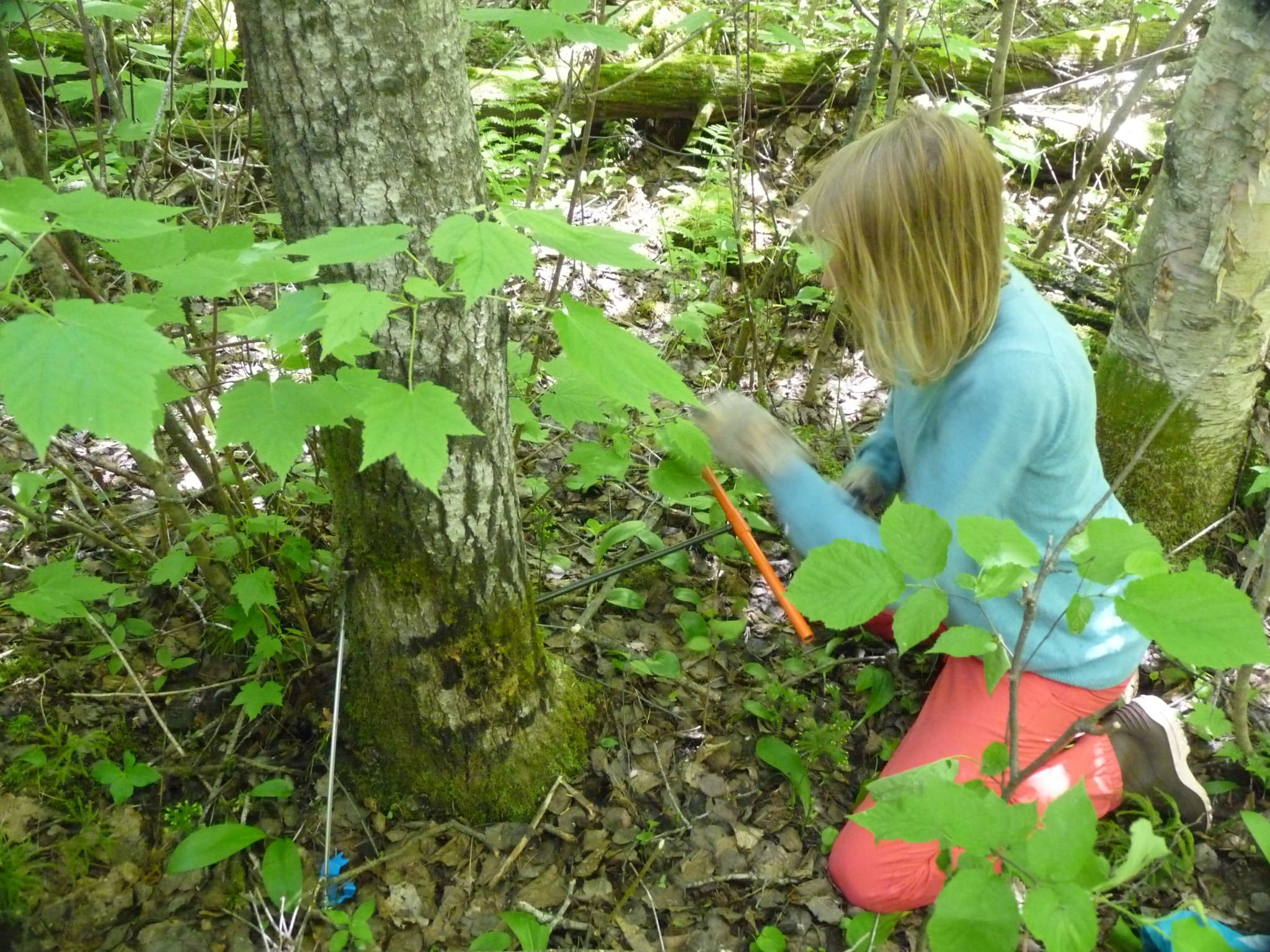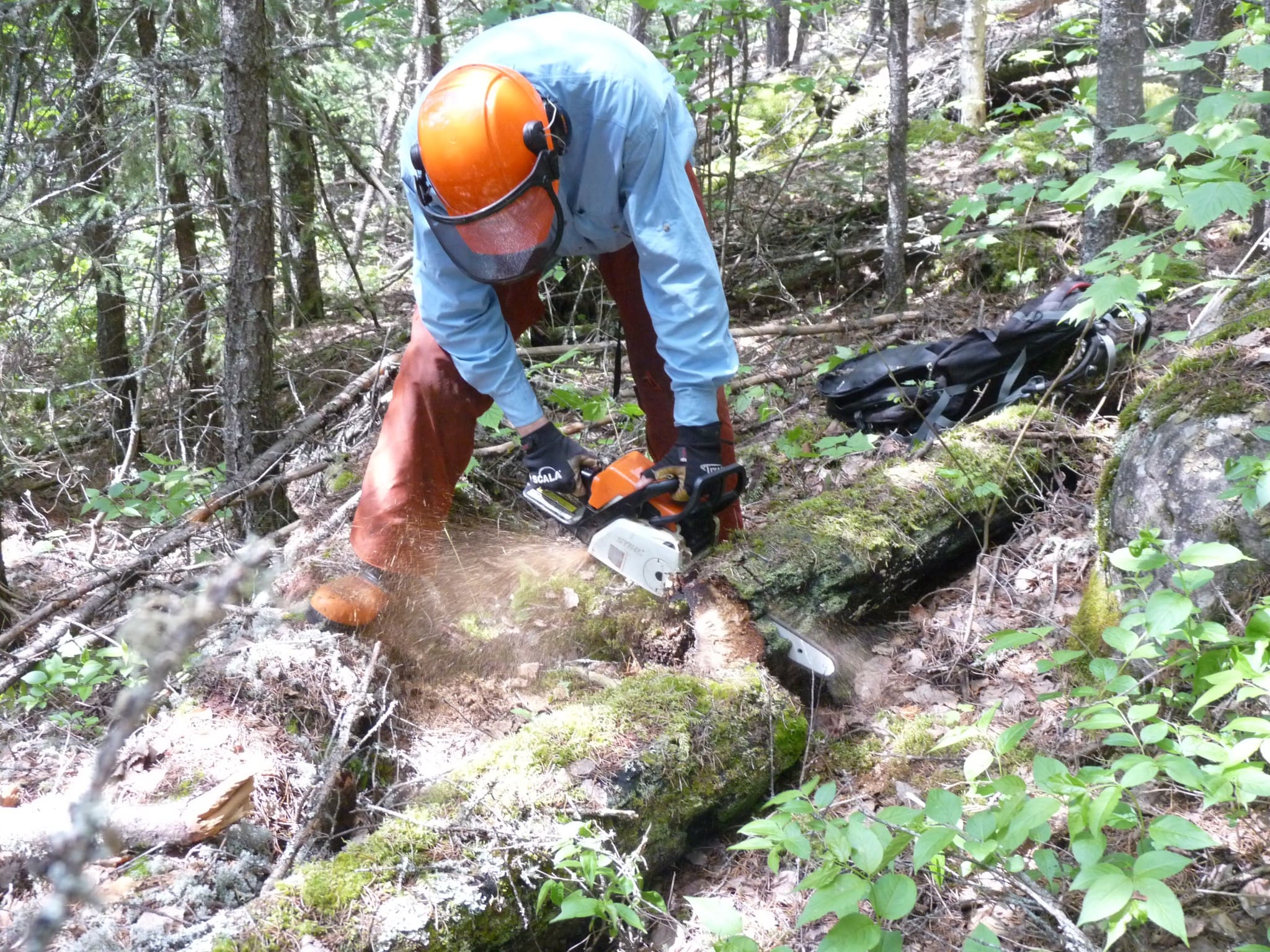Research June 9, 2016
Expanding Horizons: From whole-lake to whole-ecosystem
By Craig Emmerton, Post Doctoral Fellow
We should all expand our horizons and try new things, don’t you agree?
For many decades, researchers at IISD Experimental Lakes Area (IISD-ELA) studied primarily freshwater problems, using whole-lake experimentation that provided uniquely rich and complex results. While this essential work continues at IISD-ELA, we now have the flexibility to broaden our scientific scope beyond lakes and into surrounding terrestrial regions.
Forests are closely tied with nearby lakes in many ways. For example, forests directly affect runoff water quality by intercepting or releasing nutrients, contaminants and sediments bound for lakes. But how can we accurately explore the role of changing forest conditions on lake health when we don’t have the historical data? Luckily, dendrochronology comes to the rescue!
Dendrochronology is the study of tree growth over time by analyzing the rings we see in split wood for our campfires. Remember your first time at camp when you learned that each ring typically represents one year of growth in a tree? What you may not have learned is that spacing between these rings may change in response to environmental conditions that are favourable (e.g., rainfall following drought) or unfavourable (e.g., a cool summer) for tree growth.
Impressively, tree ring analysis can further tell us which years had damaging frost, pest outbreaks or even flooding conditions in local lakes and rivers. This information, in combination with our historical data on the lakes themselves, will help us to better understand our watersheds at IISD-ELA.
To investigate the use of tree ring analysis to help explain changes in runoff and lake water quality in our iconic Lake 239 watershed, we recently hosted a team of dendrochronologists from the University of Winnipeg (UW). From younger and older forests, UW and IISD-ELA scientists collaborated to collect wood material for dating using hand-driven augers to extract non-lethal, pencil-sized cores from living trees, and a chainsaw to cut samples of fallen deadwood called “cookies” (pictured). The UW team will prepare these samples for dating and ultimately produce a robust record of tree growth within the forest surrounding Lake 239. This information will provide valuable insight into how our forests influence the health of our lakes between years of differing growing conditions.
Though I endured some playful banter from our UW colleagues about our inexperience sampling with “two feet on the ground,” this collaboration is helping our research to become more integrative and impactful, and extend our overall reach from whole-lake to whole-ecosystem.
And needless to say, we will keep you posted with the results from this exciting new research.

